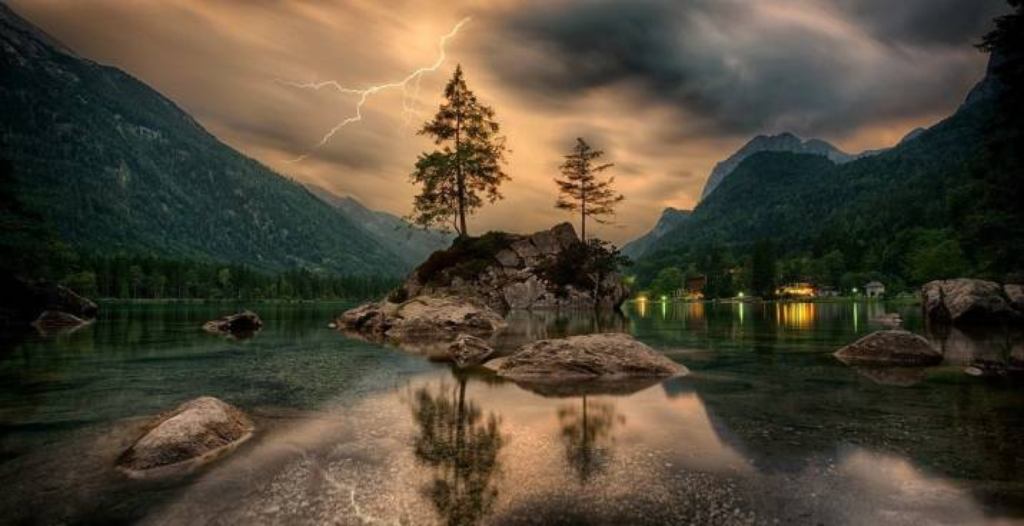Nagaland has a wide cultural diversity. It is a land close to nature and beauty. Nagaland has a very rich birdlife as you can find 490 species of bird in the state. The great Indian hornbill is found on the land of Nagaland. Nagaland is 70 % covered with agricultural sites. Nagaland is solely dependent on agriculture. Due to various reasons, it is also known as the “Falcon Capital of the World”. The beauty of Nagaland lies in the different types of tribes it has. In total Nagaland has 16 groups. These 16 different groups have different traditions, values, and cultures and the beauty lies in their festivities and celebration.
And if you are wondering about how many tribes in India are there, then you will be surprised to know that in India we have approximately 500 groups situated in different states.
Types of Tribes in Nagaland
There are many important tribes in India, which is part of Nagaland. The Constitution of India has named the groups as Scheduled Tribes or ST. So if you want to learn more about the flora and fauna of Nagaland or the festivals of Nagaland then it is important for you to know the groups that are there and what is their culture all about. So, here we will present you with the list of the groups that you can find in Nagaland:-
1. Angami Tribe
It is counted to be among the major groups of Nagaland. It has its boundaries in the present area of Kohima district, which is further segregated into four regions:- Western Angami, Southern Angami, Northern Angami, and Chakra Angami. Angami is the people living on hills and their main livelihood is the cultivation and livestock rearing. They are also known for their terraced wet rice cultivation. Thus for them, the land is of high importance, and they reverse it.
Angami was among the great warriors. And when Christianity was introduced in the region, Angami changed themselves to Christianity which put the inter-village dispute at the end. Around 98% of the Angami tribe follow Christianity. They are considered to be one of the last tribes that practice and follow animism. Music is an inbuilt part of their life, where they are identified with the musical instruments, like drum and flute. They regularly have happening festivals, where all perform one of the other forms of music and dance performances.
2. Chang
Chang’s roots can be traced back to changsangmangko, but later the chang tribe settled in Changsang. There are many theories behind the Chang tribe, where one of the theories describes change word to be derived from the word Chonga (Banyan Tree) because it is believed that this tree abandoned the changsang tribe. Another theory believed that as Chang moved to eastern Nagaland they started calling themselves Chang, which meant the “Eastern”.
Some of the people in the Chang tribe believed their ancestors to be Aos. In the Pre-British Era, Chang like other groups practices headhunting, where the person who hunted the maximum heads was given the chief pedestal. Their renowned festival is known as Naknyu, due to ancient belief change people do not come out of their house for six days, and on the seventh day they came out and that day is celebrated as Naknyu. The festival includes Scraficise of animals and a large feast.
Also Read: List of Tribes in India: How Many Tribes in India?
3. Konyak
The distinctive feature of Konyak is their tattoo through which they are differentiated from other groups. They have tattoos over their face and hands, which is so fascinating. This tribe is also found in Myanmar, Tirap, and some parts of Arunachal Pradesh.
Konyak follows the system of Marung which is about the bachelor’s dormitories. When boys and girls reached a certain age they were sent to dormitories and they remained there till adulthood or even till marriage. Konyak were also known as headhunters like the Chang tribe. Till now they were into headhunting and they took the head of the people from their opposition, which was a way of their supremacy.
4. Ao
They reside in Tsula, the eastern part of and to Tsurang in the west. They are usually known for their multiple harvest system. These people have a religious inclination. They have 2 major festivals which are celebrated with full energy and enjoyment. These two festivals are Moatsu festival and Tsungremong.
5. Kuki
They are Tibeto- Burman tribal people, who are found in many regions like Myanmar where they are called Chin, and Mizo in the Mizoram. They have unique customs and rituals, which makes them distinctive from the other groups in India. They have customs that are considered to be above the societal level of tribal people: like Swam which is a community for boys which is the learning centre.
Best boys from this centre were recommended to kings and chiefs and they grew up to become a leader of warriors. Men of the Kuki tribe wear a Dhoti and a jacket. Many times chaddar is also used as their cloth.
Also Read: Scheduled Tribes In India: All You Need to Know about Scheduled Tribes for UPSC Exam
Conclusion
Reading about the groups is really important for the IAS candidate as tribes are considered to be an important part of the population. In this article, you have been acquainted with the number of tribes in Nagaland. Each tribe has been described to give you more insight into the types of groups and what is their culture, where they live, and their rituals. It is not only imperative information but will intrigue you to more and more about it. Many of the mentioned groups are interesting, and each tribe has a distinctive feature that differentiates them from the rest of the tribes.







This is something new and interesting.